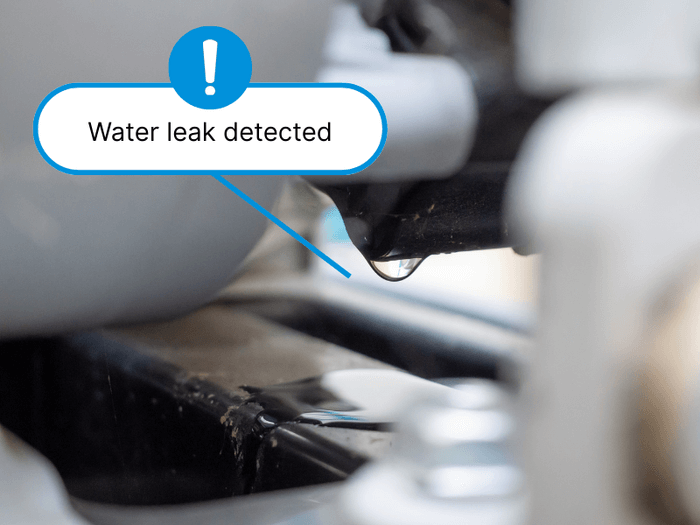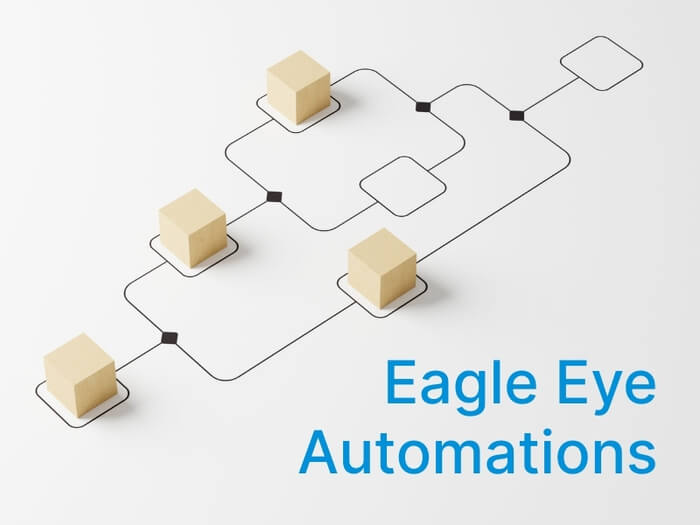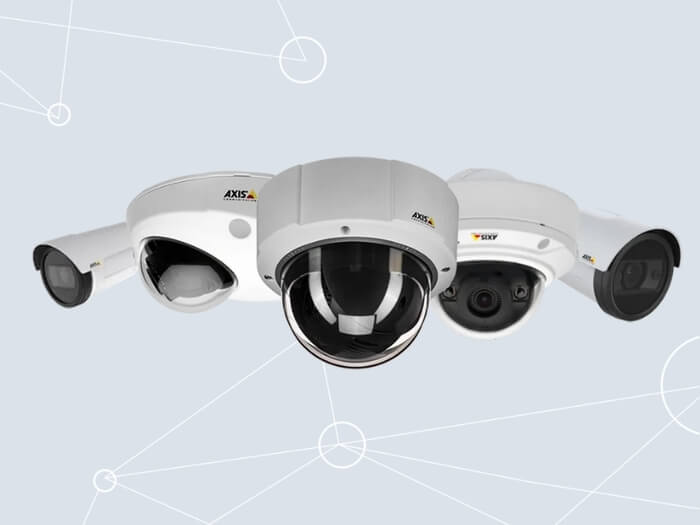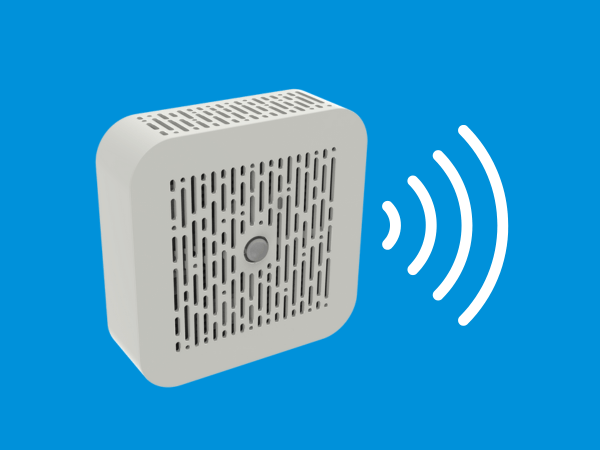
For years, video surveillance has been the most obvious way to document safety and security issues on your premises, whether to spot problems in real time, or at least to learn more after an incident. It’s increasingly easy to scan video to spot certain conditions (manually, or with the help of AI), and especially to search and act on information about people or vehicles. But video information alone is not always the end of the story.
That’s because for certain kinds of information, video alone either isn’t the fastest way to learn about a dangerous condition — or it can’t tell you the answer at all. How much carbon dioxide is in the air? Is it below freezing, increasing the chances of a dangerous slip and fall?
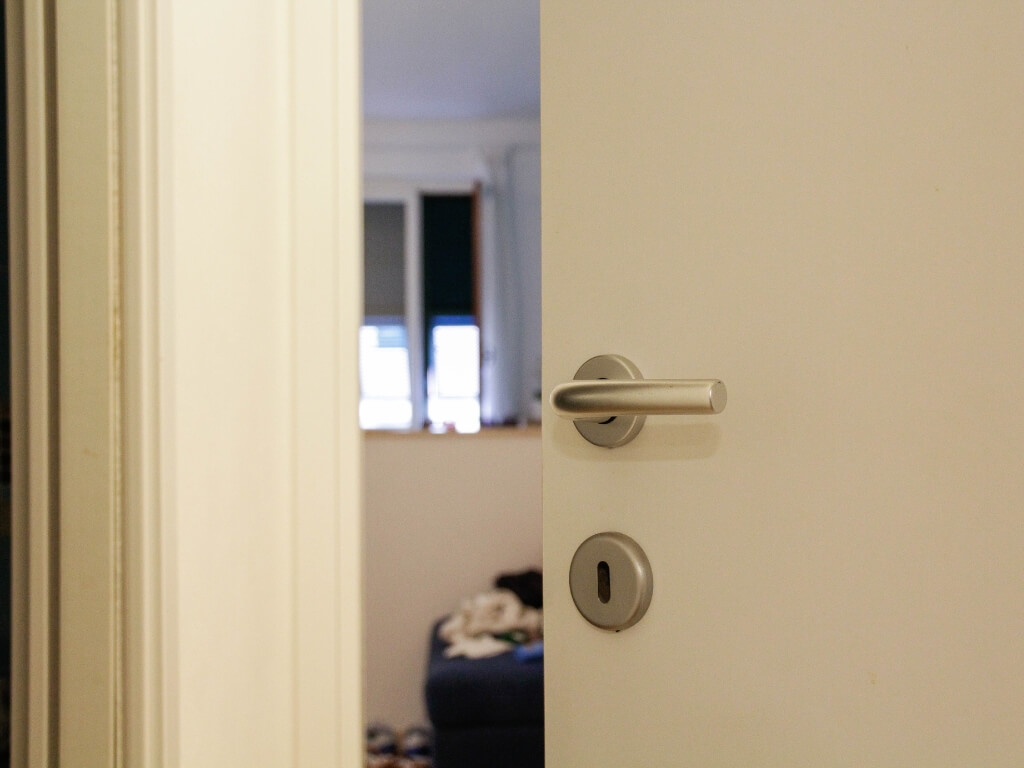
Whether you’re concerned with protecting people at a business office, a retail store, or a school campus, what if you could always know:
- The last time your loading dock door was open — and whether it’s open now.
- Whether your fridge or freezer has reached an unsafe temperature after a power failure.
- If your storage area has remained dry after a water leak was spotted and fixed.
- Whether anyone is vaping or smoking in on-site restrooms.
- Whether temperature, humidity, and air quality are within safe levels for everyone on premises.
Having specific sensors to measure environmental conditions means there’s no need to scrub through video footage or disparate system logs to find that kind of information. Several factors mean that a new era for sensors is just around the corner.

Greater capabilities: Sensing devices themselves have gotten smaller, more accurate, and cheaper for the same level of performance and offer detection capabilities that simply weren’t available until recently. Small, rugged devices mounted on ceilings, walls, doors, pipes, or even underwater can extend users’ ability to understand environmental conditions.
Networking and battery life: Low-power processors and widely adopted high-speed networking hardware mean that today’s sensors need less wired infrastructure and more flexible placement options. Whether over 4G or 5G cellular connections, a fast WiFi connection, or another radio frequency networking channel, a power-efficient humidity, sound, or vibration sensor can be online for months without so much as a new set of batteries.
Integrated viewing platforms: Sensor output need not be limited to a specialized physical readout. Rather than single-purpose hardware, the stream of data from modern sensors can be viewed in a variety of ways, including proprietary applications on desktop or mobile devices, through multi-sensor dashboards, or through single-pane-of-glass interfaces incorporating other information such as video camera output.
If you’re already using a video management system to view surveillance camera output, you’re in an excellent position to consider the value of additional sensor types beyond video, with minimal outlay in software — and without the need to train employees on a wholly new system, or integrate another IT related platform.
Looking forward to the future? Learn more about the flexible Eagle Eye Cloud VMS.

Since 2012, Eagle Eye Networks has provided smart cloud surveillance solutions, leveraging AI to drive natural language search, automation, and more. Eagle Eye’s camera-agnostic approach heightens security while saving money, time, and resources.
Other posts that might interest you

Proactive security, redefined: What’s new at Eagle Eye Networks
At Eagle Eye Networks, we’re always working to stay ahead of the curve — bringing smarter, more connected security solutions to our resellers and customers. We’re excited to roll out…
May 2, 2025
How automation gives your existing surveillance cameras new skills
Automation and video surveillance: A perfect fit A single office building, municipal center, or school can have dozens or even hundreds of cameras running, covering areas from hallways to community…
April 28, 2025
Eagle Eye Cloud VMS and Axis cameras: now even more directly connected
Axis Communications is literally the first name in IP security cameras — Axis actually invented the networked digital camera, and in 1996 released the groundbreaking Axis NetEye 200. Along with a…
April 21, 2025





